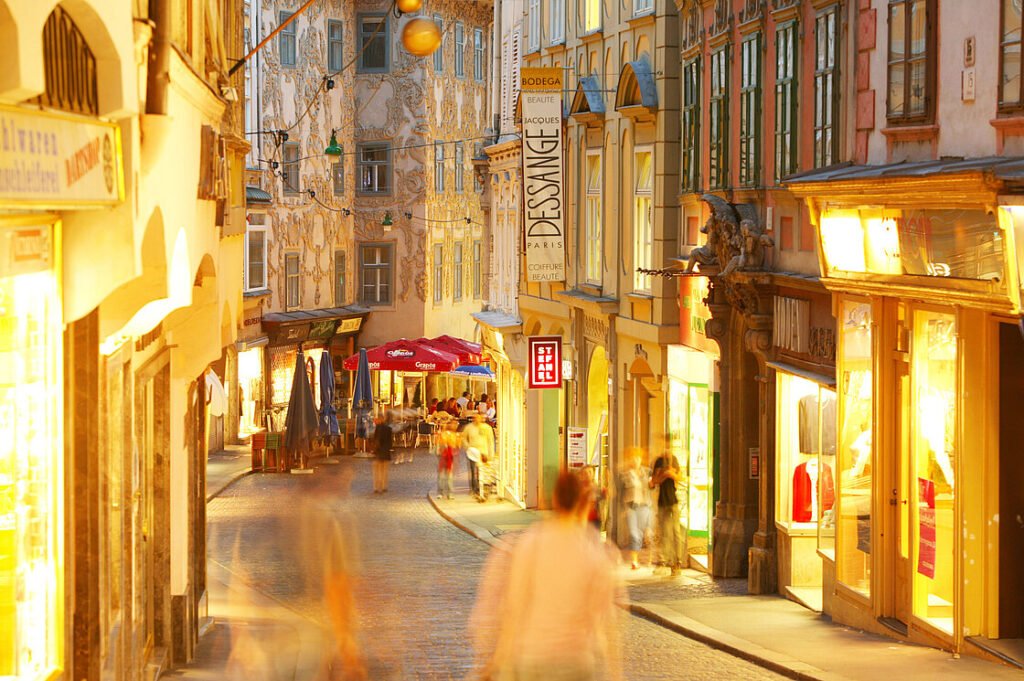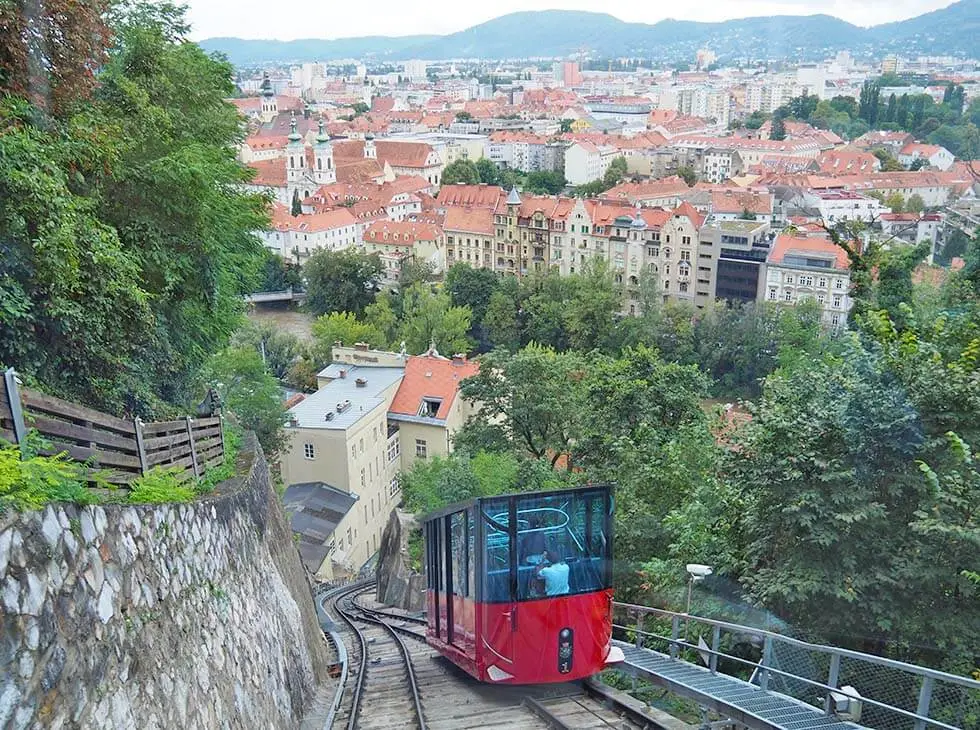At the center of Graz, Austria’s second-largest city, lies the Altstadt von Graz, or Old Town—a historic area that beautifully captures the city’s cultural, architectural, and social heritage. With its cobblestone streets, Baroque and Renaissance buildings, and vibrant squares, Graz’s Old Town offers travelers a journey through centuries of history, all while embracing the lively atmosphere of modern city life.
A UNESCO World Heritage Site
The Altstadt von Graz was designated a UNESCO World Heritage Site in 1999, recognized for its exceptional blend of Gothic, Renaissance, and Baroque architecture. Unlike many European cities that were heavily bombed during wars, Graz retained much of its historical character, making the Old Town an authentic window into Austria’s past.
Walking through the streets of Graz Old Town, visitors can witness an elegant juxtaposition of medieval towers, ornate courtyards, and contemporary shops. The preservation of historic buildings alongside a thriving cultural scene creates a unique urban charm.
Architectural Highlights
The Altstadt is home to numerous architectural and cultural landmarks, each telling a story of Graz’s rich history:
Graz Clock Tower (Uhrturm): Perched atop the Schlossberg hill, this iconic tower offers panoramic views of the Old Town. Its clock has been keeping time since the 16th century and is one of the city’s most recognized symbols.
Hauptplatz (Main Square): The bustling heart of Graz features elegant façades, cafés, and shops. The square hosts markets and events throughout the year, making it a social hub.
Graz Cathedral (Dom St. Ägidius): A stunning example of late Gothic architecture, the cathedral is adorned with Baroque interior elements and is an essential spiritual landmark.
Mausoleum of Emperor Ferdinand II: Located next to the cathedral, this impressive building combines Renaissance and Baroque styles and contains the emperor’s tomb.
Landhaus: A Renaissance palace known for its arcaded courtyard, historically used for administrative purposes, and a beautiful venue for classical concerts.

Vibrant Squares and Streets
Exploring the Altstadt von Graz is as much about wandering the streets as visiting specific landmarks. Visitors can stroll through charming lanes such as:
Sporgasse: A lively street with boutiques, cafés, and historic buildings.
Herrengasse: Known for its shopping opportunities and historic façades.
Burgplatz: A square near the Landhaus featuring fountains and statues, perfect for photos or a coffee break.
Each street offers a glimpse of Graz’s history, from medieval trade routes to Renaissance grandeur. Street performers and local markets often add a dynamic, contemporary energy to these historic surroundings.

Cultural Attractions
Graz Old Town is not just about architecture—it’s also a vibrant cultural hub:
Kunsthaus Graz: A modern “friendly alien” museum contrasting sharply with historic buildings, offering contemporary art exhibitions.
Styrian Armoury (Landeszeughaus): Home to the world’s largest historical armory collection, showcasing thousands of weapons and armor from the 15th to 18th centuries.
Graz Opera House and theatres: Offering a rich program of music, opera, and theatrical performances, reflecting the city’s cultural sophistication.
Visiting the Altstadt
The Altstadt is best explored on foot, allowing visitors to fully appreciate the intricate details of the buildings, hidden courtyards, and lively cafés. Guided walking tours are available for those who want in-depth historical context, while self-guided exploration allows for spontaneous discoveries.
Practical Tips:
Accessibility: Most streets are pedestrian-friendly, though some cobblestone areas may require careful walking.
Best Time to Visit: Spring through autumn offers pleasant weather, outdoor cafés, and street performances.
Food and Drink: Traditional Styrian cuisine can be sampled in numerous restaurants and cafés, including pumpkin seed oil specialties, hearty stews, and local wines.
Nearby Attractions
Exploring the Altstadt von Graz can easily be combined with nearby highlights:
Schlossberg Hill: Accessible via funicular or elevator, providing panoramic city views.
Murinsel: An artificial island on the Mur River with a café and modern architectural design.
Eggenberg Palace: A short distance away, showcasing Baroque architecture and gardens.
Conclusion
The Altstadt von Graz is a living testament to Austria’s rich architectural, cultural, and historical heritage. With its combination of historic landmarks, lively streets, and modern cultural institutions, it offers visitors a complete and immersive experience. Whether you’re wandering its cobblestone streets, enjoying a coffee in a sunlit square, or admiring panoramic views from Schlossberg, Graz’s Old Town is an unforgettable journey through time and culture.





















